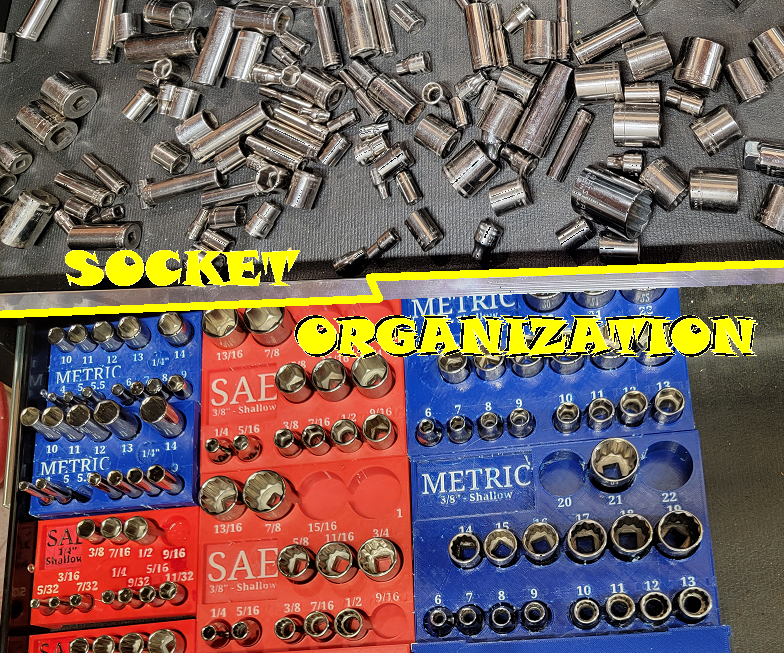Introduction: THE SHOP VAC MOUSETRAP
This Instructable will describe a very effective mousetrap that I had built several years ago. I built this mousetrap out of necessity as I had a cabin that I would go to every other weekend and while I was away, the mice did play.
To fix my mouse problem, I needed a mousetrap that could reset itself and could handle several mice before being emptied.
My solution - THE SHOP VAC MOUSETRAP
Step 1: Design
The system consisted of:
- Shop Vacuum
- Tunnel
- Scent Box
- Pressure Plate Switch
- Timing Circuit
A scent box was mounted to the top of a tunnel with a switch directly underneath.
The mouse, smelling the delicious peanut butter, would walk up a ramp into the tunnel. While stopping to smell, it would step on the flap directly underneath the scent box, triggering a timer that started the vacuum.
The vacuum would suck the mouse out of the tunnel and into the vacuum. The Vacuum was filled with water, so if the mouse didn't die from the force of being sucked in, it would drown once inside.
After 30 seconds, the timer would complete and the vacuum would turn off, waiting for the next mouse.
Step 2: The Tunnel
First, I made a Scent Box. This was made of a small tupperware container, which I cut a 1" square hole in the bottom of. Glued over the hole was a wire mesh. This was to allow the scent to release out the bottom. The tupperware container was great because it was easy to re-apply the bait. Just pop the lid.
Next, on top of the tunnel, I cut a hole to match the scent box hole. I then glued the scent box to the tunnel. I had rectangular PVC tubing, which worked great for what I needed. I think the same could be done with some PVC pipe, but might prove more difficult since it is round.
Directly under the scent box, I cut a hole almost the full width of the tunnel and about 3" in length. Save the piece that is cut out, as this becomes the pressure plate. I also took care in cutting this so that the piece wouldn't get sucked into the vacuum. To do this, I simply made my cuts tapered inward. The flap can push out, but can't push in. I then glued a hinge on the flap and to the tunnel.
Directly under the flap, I mounted a switch. This switch had to be positioned just right so that the weight of the mouse would trigger it. We actually weighed a mouse and tested the switch by rolling rocks and marbles into the tunnel.
Step 3: The Circuit
CAUTION: Only build this if you have a solid understanding of electricity.
For the circuit, you'll need a timing relay. I happened to have one already when I built mine. There are a few things to look for when selecting a timing relay. First, the contacts of the relay must be able to handle the load that it is supplying. For instance, my relay was rated for 16 amps my vacuum used 11 amps. So, my relay was adequate for the load. Next, the relay must have the appropriate timing function. I've seen these called "single-shot" or "interval". As you can see in the timing chart, when the trigger signal turns on, the output is on only for the desired amount of time. This is great because if the pressure switch were to get jammed and held the trigger on, the vacuum will still shut off after the given time. The last thing to look for in the timing relay is the time length settings. I had mine set to 30 seconds.
I added a receptacle to the side of my enclosure and the vacuum plugged into this. This receptacle was wired to the contacts of the timing relay. The switch was wired into the trigger of the relay. And everything was wired to a cord that plugged into my wall outlet.
Step 4: SUCCESS!
How well did it work?
There was a 3 week period that I did not check it. When I got there, it had captured 9 mice!!! It caught countless mice beyond that.
I will point out that it will begin to smell. We started putting Lysol or something similar in the water to try to keep the smell down.
What's next?
Instead of having the water in the shop vacuum itself, I think that you should be able to have a sealed bucket between the shop vac and the tunnel. Just cut 2 holes in the lid, one for each hose. I haven't tried this, but thought that it might make it easier for dumping out the contents, since you don't have to disassemble the shop vac every time.
Thanks for taking the time to read my Instructable.

Participated in the
Bucket Challenge

Participated in the
Pest Control Challenge













